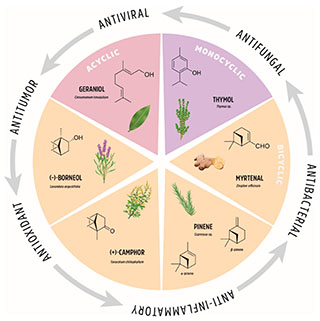Course Description
The natural world is a mega-factory of small molecules, peptides, fatty acids, phospholipids, and a host of other compounds, known as natural products (NPs). Immensely diverse in structure and function, NPs have strongly influenced how we treat infectious disease, cancer, pain, and a host of other conditions. Roughly …
The natural world is a mega-factory of small molecules, peptides, fatty acids, phospholipids, and a host of other compounds, known as natural products (NPs). Immensely diverse in structure and function, NPs have strongly influenced how we treat infectious disease, cancer, pain, and a host of other conditions. Roughly half of the drugs that have been approved in the past 30 years are NPs, derivatives of NPs or NP-inspired. In this discussion-based course, we will delve into research on discovering NPs from producing organisms, investigating the biochemistry of NP production, and using synthetic biology to create NP derivatives—all with a particular emphasis on how genomic data guides and informs all these studies.
This course is one of many Advanced Undergraduate Seminars offered by the Biology Department at MIT. These seminars are tailored for students with an interest in using primary research literature to discuss and learn about current biological research in a highly interactive setting. Many instructors of the Advanced Undergraduate Seminars are postdoctoral scientists with a strong interest in teaching.
Course Info
Learning Resource Types











